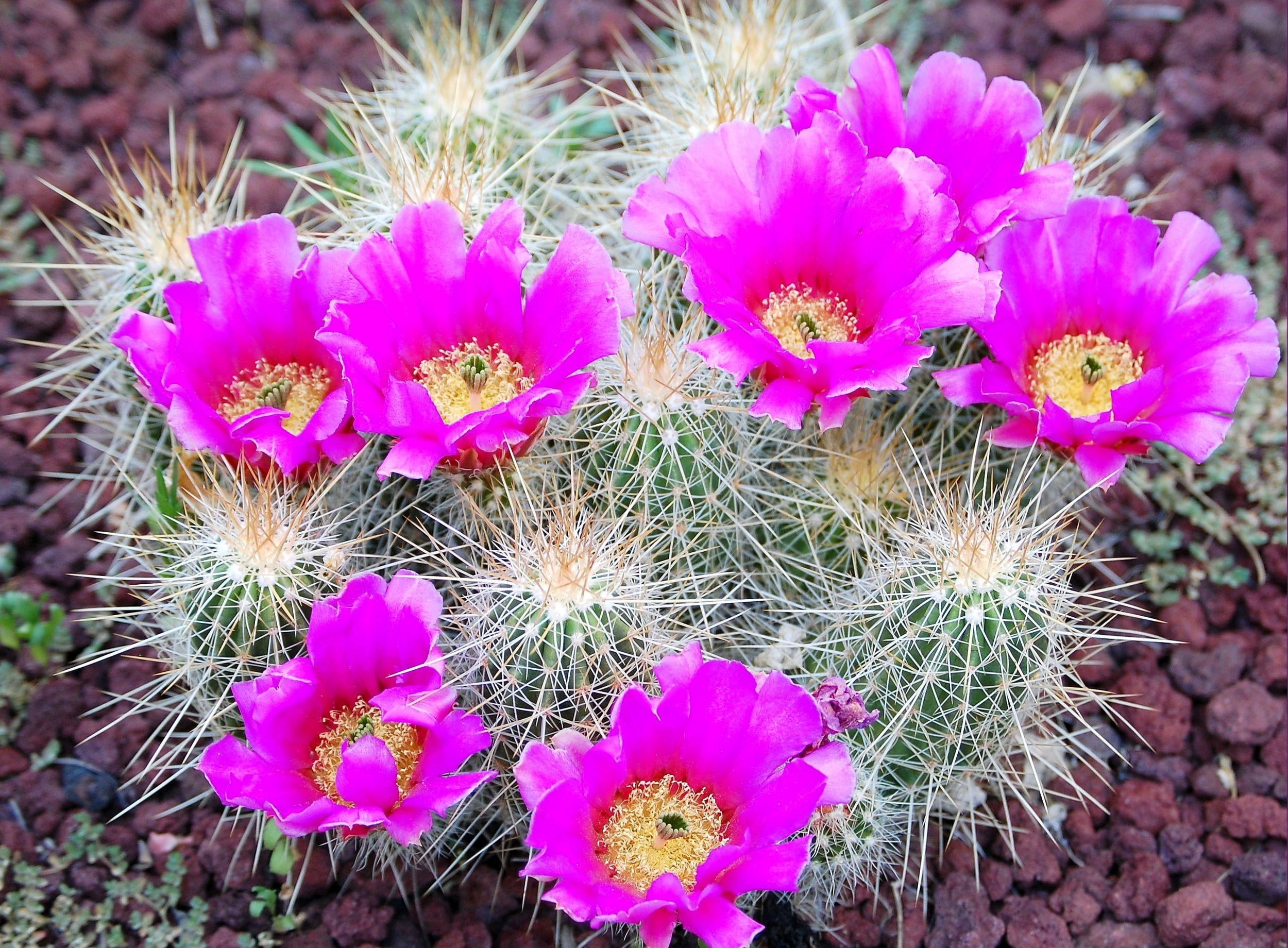The allure of cacti is not solely found in their robust forms and adaptability but also in their remarkable floral displays. Among the myriad of species adorning arid landscapes, those that produce vivid yellow flowers captivate enthusiasts and casual observers alike. This article delves into the enchanting world of cacti that bloom with yellow flowers, uncovering the captivating characteristics and allure that make them a prized addition to any garden or collection.
Embrace the vibrancy of nature’s palette by exploring the dazzling variety of cacti with yellow blooms. From the delicate to the outrageous, these stunning specimens offer not just beauty but intriguing biological traits that underscore their evolutionary success. Cacti, known for their drought-resistant characteristics, surprise many by producing exquisite flowers that defy the harsh conditions of their native environments. The primary inquiry remains: what type of enchanting cacti exhibit this vivid yellow hue?
In this exploration, various notable yellow-flowering cacti will be highlighted, detailing their unique attributes and cultivation requirements, making this guide essential for both novice and seasoned gardeners.
Stunning Species: The Golden Barrel Cactus
One of the most iconic cacti exhibiting striking yellow flowers is the Golden Barrel Cactus (Echinocactus grusonii). Native to Mexico, this spherical delight features rows of vibrant yellow spines that accentuate its lush green body. The mesmerizing flowers, usually blooming in late spring, sprout from the top and stand out against the plant’s rounded silhouette, creating an unforgettable spectacle.
Golden Barrel Cacti thrive in well-draining soil and require minimal water, making them a fantastic choice for those with a penchant for low-maintenance gardening. Their popularity has surged, not just due to their beauty but also because they can be grown indoors or outdoors under suitable climatic conditions. Full sun exposure is vital for robust growth and flowering, as these cacti seek the warmth typically found in arid environments.
Diving Deeper: The Ubiquitous Echinopsis
Another remarkable genus worth discussing is Echinopsis, particularly species like Echinopsis subdenudata. Known for its tubular yellow flowers that can arise in clusters, this cactus demonstrates the versatility and sheer vibrancy of yellow blooms. Flowering typically occurs during the summer months, and in many cases, the blooms last only a day, which adds an element of urgency to their appreciation.
Echinopsis cacti are generally easier to care for than many other species. They flourish in fast-draining soil mixtures and require regular watering during active growth. However, it is crucial to allow the soil to dry out completely between watering sessions to prevent rot. With the right conditions, the showy flowers will reward attentive caretakers with their fleeting beauty year after year, making them a beloved addition to succulent collections.
Enchanting Allure: The Claret Cup Cactus
The Claret Cup Cactus (Echinocereus triglochidiatus) presents another spectacle of nature’s brilliance. Known for its cylindrical structure adorned with spines in varying shades, this cactus boasts a stunning bloom of brilliant yellow flowers, transitioning to magnificent shades of red and orange as the evening approaches. These flowers often attract pollinators, highlighting their ecological importance.
This species prefers well-draining soils and can adapt to different water levels; however, it may not prove very resilient to frost. Those fortunate enough to cultivate Claret Cups should position them in a sunny spot to encourage prolific flowering. The breathtaking blossoms can be anticipated during late spring when natural cycles align for flowering.
Variety Is the Spice of Life: The Mammillaria Genus
The Mammillaria genus includes a wealth of cacti that also exhibit splendid yellow blooms. One noteworthy example is Mammillaria elongata, often referred to as the ‘Ladyfinger Cactus.’ This appealing species displays clusters of tiny yellow flowers that appear in the spring, forming delightful rings around the cactus body. They are sought after in commercial nurseries for their unique appearance and resilience.
Mammillaria elongata thrives in a variety of soil conditions but favors sandy, well-draining mixtures. This genus generally requires moderate watering, and while they tolerate some neglect, they tend to flourish when provided with the right care regime. The compact nature of these plants makes them perfect for small spaces, patios, or as decorative elements within larger succulent ensembles.
Final Thoughts: Cultivation and Care
Those newcomers to the world of yellow-flowering cacti will find the journey both rewarding and enriching. Cultivating these enchanting plants requires a mix of attention, understanding, and a willingness to embrace their unique needs. Growing conditions play a pivotal role in the successful blooming of these cacti. Adequate sunlight, well-draining soil, and appropriate watering practices are crucial elements to remember.
Yellow-flowering cacti not only serve as a canvas for nature’s creativity but also act as a conversation starter, piquing the interest of guests and friends. The astonishing hues and forms of these resilient plants provide visual relief amidst their often arid surroundings. Every cactus enthusiast should consider incorporating a selection of these extraordinary plants into their collections, allowing nature’s artistry to shine bright.





Leave a Comment